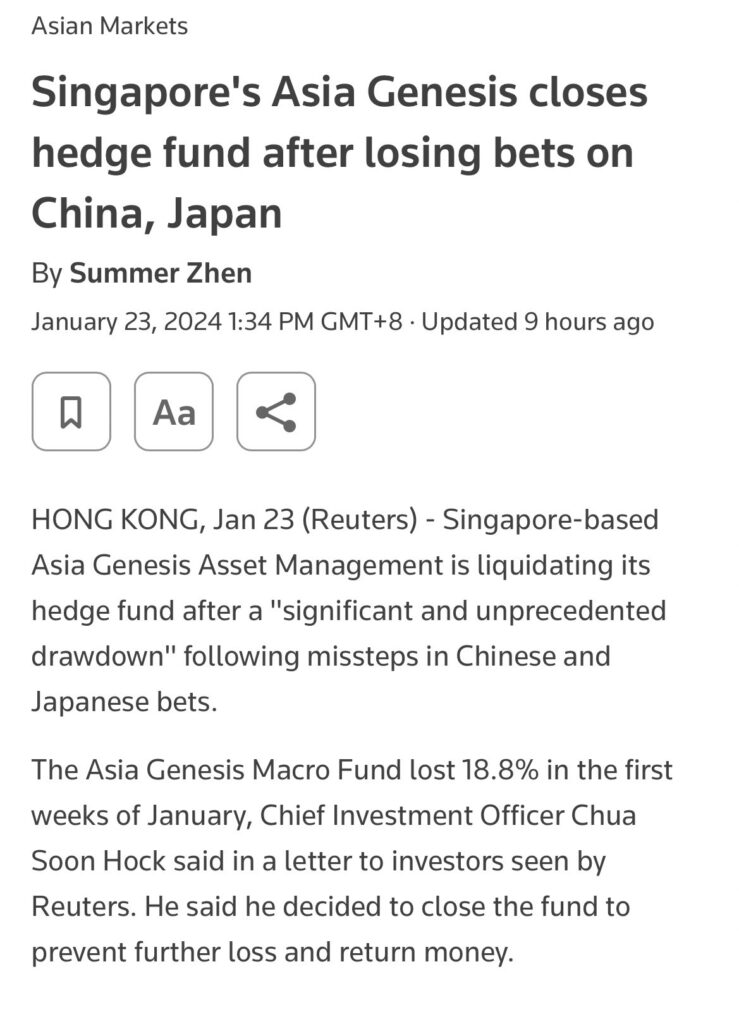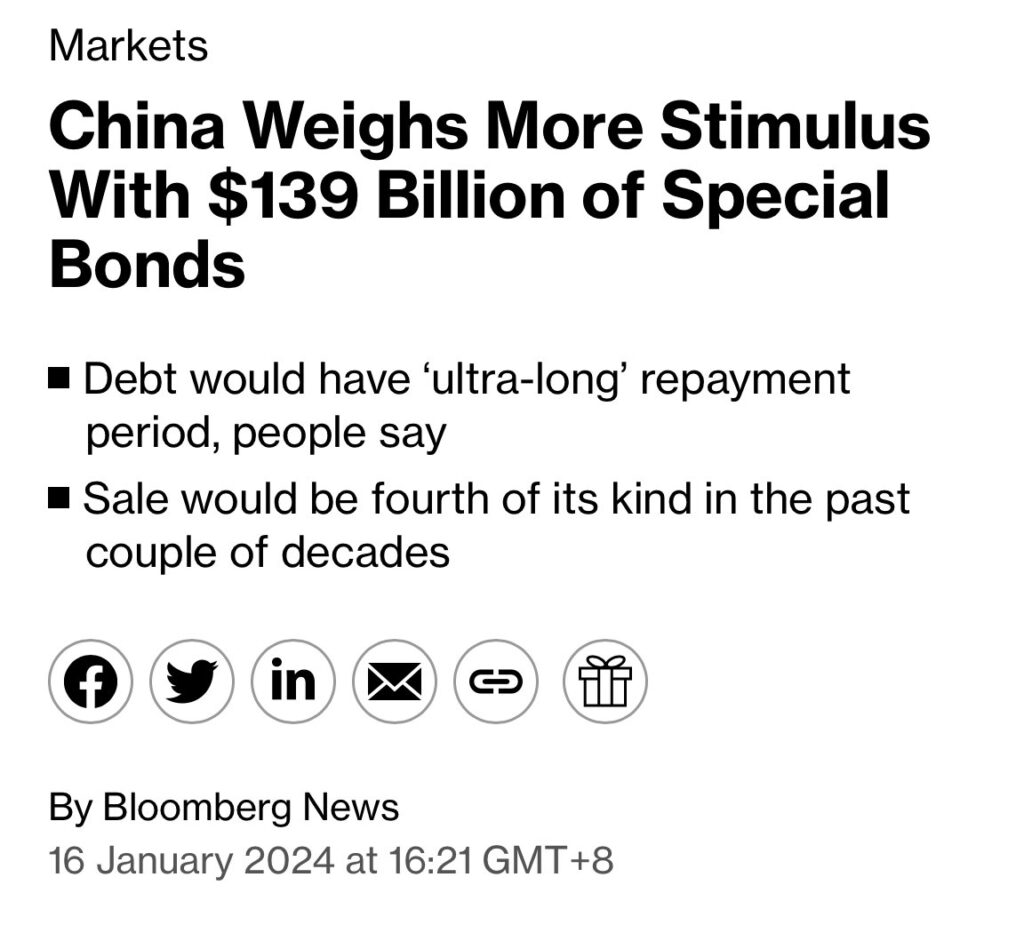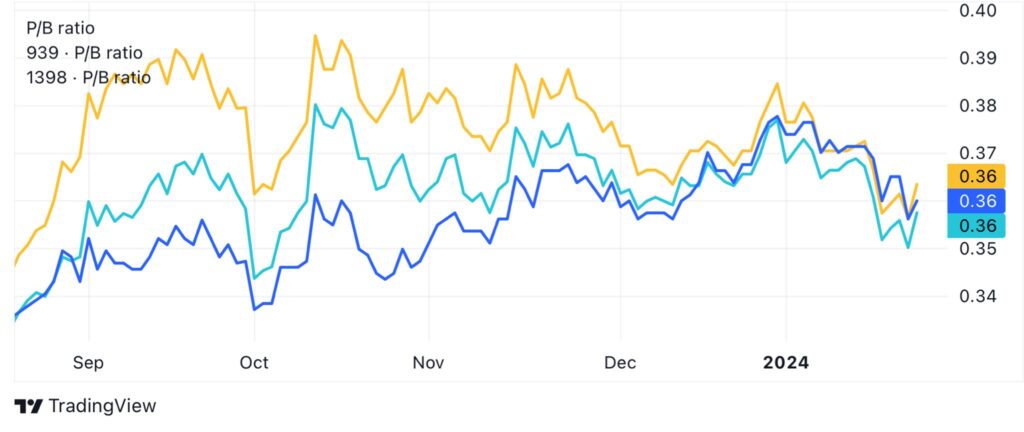#China and #HongKong #stocks were literally on the verge of free falling when the “national team” stepped in last week to the rescue. Clearly, the benefits of it were short-lived and yesterday the $HSI closed again below the 15,000 mark.
Some #bullish hedge funds that went all-in on #china #stocks in December didn’t survive (Picture 1), talk about “smart” money… I bet the situation must have been very serious for many (particularly leveraged) players out there if the government is stepping in, with its full weight, again. The real question is, will they succeed this time?

First of all, for all those thinking that ~300bn$ alone can prop up #stocks, put your hopes aside because ~300bn$ is peanuts. An outright bid in the market will simply provide exit liquidity to all those big international asset managers that have been busy divesting away from #china (and they won’t suddenly U-turn no matter what). However, if ~300bn$ will be capital to support a #TARP-like rescue effort then #china might have a chance to succeed.
Here is the problem, #China tried a #TARP-like type of rescue in the past creating national AMCs companies (the top 4 are Cinda, Huarong, Great Wall, and China Orient) to deal with toxic debt from previous cycles. This not only didn’t work according to the plans, but it created an even bigger problem that remained unresolved to the point these companies faced a serious liquidity issue in 2022 (Picture 2).

What’s the real reason the previous experience didn’t work? Very simple, you cannot solve debt problems with even more debt in the same way you cannot extinguish a fire using gasoline.
At this point, it should be clear why the market didn’t believe the many “stimulus” announcements delivered so far: because every single time the solution proposed was more debt and no capital. The last announcement of this sort was literally 7 days ago (Picture 3).

So what should all the $KWEB and $BABA bulls out there hope for? That these 300bn$ will be real capital. Here is where China can kill 2 🐦 with one 🪨. The Chinese government directly owns a vast amount of non-strategic companies, many of them well managed and profitable. They should consider the brave move of selling them, or at least a significant non-controlling share, to Chinese nationals with the condition they pay the acquisition by repatriating capital they held abroad.
The next step would be to then use the 300bn$ raised to create a new vehicle that can issue 600bn$ of debt and buy out from the secondary market bonds and loans stuck in banks’ Hold To Maturity books because at a distressed level “mark to market”, but still with good chances to be repaid in the future (not necessarily at 100%) at a profit for the government. This will free up a lot of balance sheet and capital from lenders injecting at the same time a ton of liquidity in the system that wasn’t printed out of thin air. As a consequence, these lenders will be able to lend money again and this time (hopefully) to creditworthy borrowers rebooting the economy.
What’s the Achilles heel of all the plan I described above? Banks’ capital. Will Chinese banks have enough capital to absorb the losses in their books? In theory, yes, and considering the very low price to book (Picture 4 as an example for Bank of China, CCB, and ICBC #stocks listed in Hong Kong) their #stocks trade this move might well have zero if not positive impact (since it will remove a lot of uncertainty on the value of the remaining assets) on their share prices.

Bottom line, if tomorrow the #PBOC will announce another plan to fix debt issues with more debt you can forget about any lasting effect on the country’s markets. If the #PBOC will announce a (brave) plan as the one I described, then the country stands a chance to get investors (Chinese first and foreign later) to bring their money back into #China.
